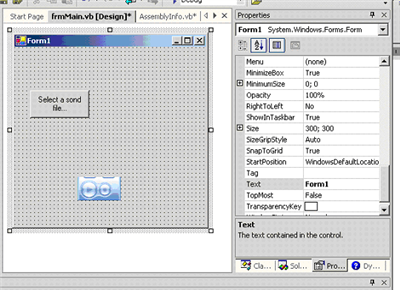


Moreover, DJs can access a number of audio mixing interface components, such as the “Reverb” panel, featuring virtual dials and a special slider to adjust the intensity according to the size of the event’s room. Right-clicking anywhere on the canvas brings up a context menu containing a variety of widgets to match the context of your usage scenario, with every item providing entry and exit points for interlinking with one another in a mind-map-like structure that also happens to make for a touchscreen-friendly interaction pattern thanks to the built-in support for multitouch gestures. Additionally, the screen real estate is maximized thanks to the implementation of a horizontal tab-based navigation system which includes a WebView-based rendering of the program’s instruction sets, meaning that users will be able to retrieve the most up-to-date variant of documentation to match the latest version of the app’s functions and features. Once installed, booting up the application greets users to a clean interface that follows closely in the footsteps of Microsoft’s latest iteration of the Fluent Design language, with rounded corners and modern minimalist layouts that fit in with Windows’ native programs. An interesting concept in a format that needs polishing One of the biggest advantages that consumers have nowadays over the previous decades when it comes to using desktop operating systems is the sheer amount of flexibility and openness of their hardware and software frameworks, allowing any interested third-party programmers to create programs designed to satisfy very specific needs of the user-base that first-party developers may not have the time or manpower to do so.Īn example is VB Audio Router, an experimental way of mixing multiple sources for playback on singular or varied output devices for DJs, conference speakers or professors teaching in a primarily online-focused environment.


 0 kommentar(er)
0 kommentar(er)
